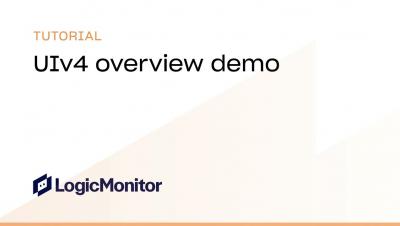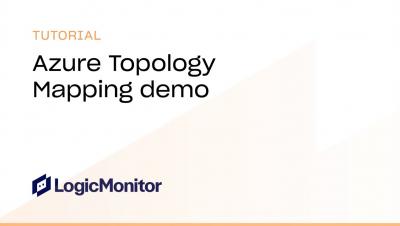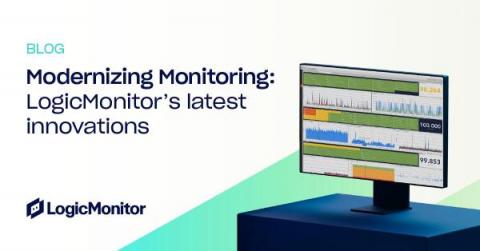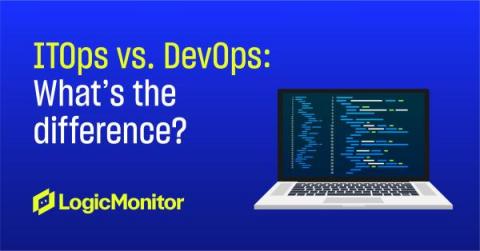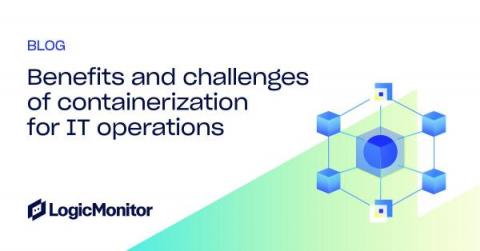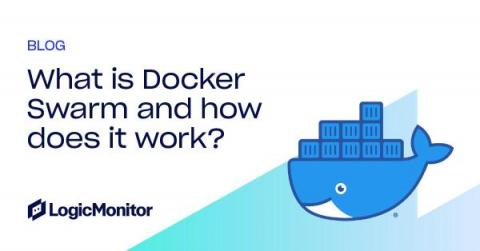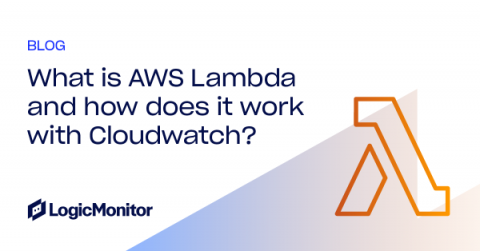LogicMonitor Envision Platform UIv4 Overview Demo
Take your user experience to the next level and get the most out of the LM Envision platform with UIv4! LM Envision's New UI provides the fewest clicks to get users where they are trying to go, intuitive next steps, pre-set defaults, consistency of bulk actions, better search and filtering, all coupled together with modern React components that make for fast, reliable, consistent execution of common tasks.


